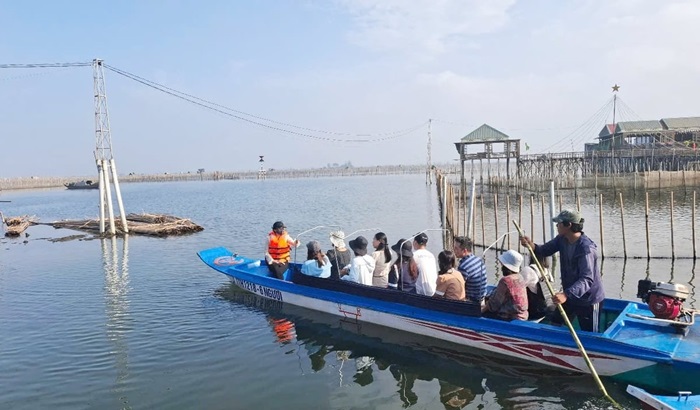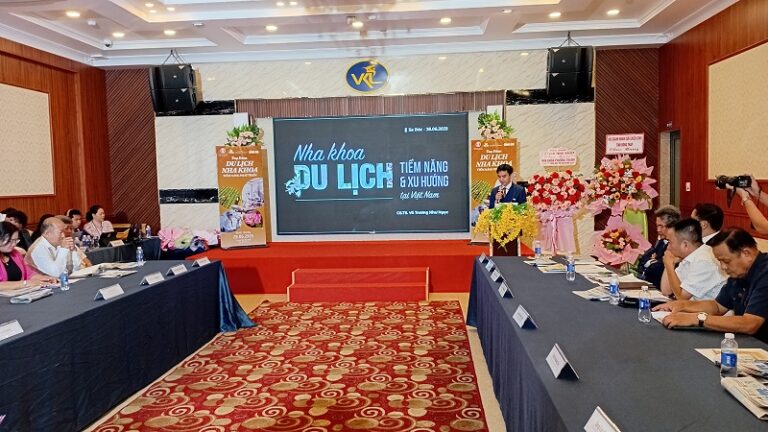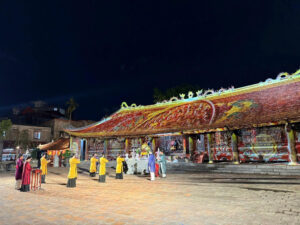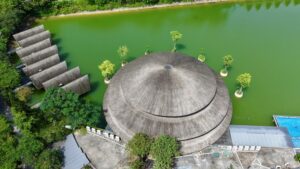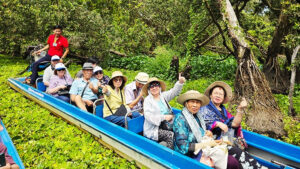This park covers 74,000 Hectares of lowland forest and swamp approximately 100km (70miles) north east of Ho Chi Minh City and is home to numerous birds and mammals. One of Vietnams most important and largest National Parks.
Supported by the WWF, projects include surveying the small population of Javan rhinoceros, that still exist in the area the last remaining population on main land. Other mammals include Elephant, Gaur and tiger. Many birds can be found, including such specialities as Germain's Peacock Pheasant, Bar-bellied Pitta and the rare endemic Orange-necked Partridge.
Fauna of the Cat Tien National Park includes at least 55 mammal species, more than 300 species of birds, 40 reptile species, 14 amphibians and 16 species of freshwater fish. The park supports approximately 440 species of butterflies and numerous other fascinating insects.
The forest provides a refuge for a number of other threatened or unusual species including black gibbon, elephant , tiger , leopard , clouded leopard, Gaur, Banteng , Indian Muntjac and wild boar. This is the only location in mainland South-east Asia where southern Douc Langur is still recorded. There are also reports of kouprey being found in the reserve and Crocodile lake is a breeding area for a number of Siamese crocodile.
Bird species include peafowl, Siamese fireback, endemic Germain's peacock-pheasant, endemic red-vented barbet, bar-bellied and blue rumped pittas, milky stork and a wide variety of resident and migratory waterfowl. Groups of 10-20 lesser adjutant storks have been observed, and the species is said to breed in the centre of the marsh along with various herons and egrets. Woolly-necked stork has also been reported in recent years. Some migratory ducks are present during winter. The reserve is also rich in birds of prey including several species associated with the wetlands, such as osprey, grey-headed fishing eagle and the crested serpent eagle.
The Cat Tien National Park is located in the three provinces of Dong Nai, Lam Dong and Binh Phuoc and located approximately 150km north-east of Ho Chi Minh City.Vegetation is varied and made up of seasonally flooded grassland and swamp forest. The wetland is bounded to the east, south and west by dense humid evergreen forest with Hills support semi-evergreen and deciduous forest.
Yo may wish to visit the Stieng and Chau Ma people, who have lived in the central valley of the reserve for several centuries, and several hundred people are currently resident - especially in the South of the Park.


